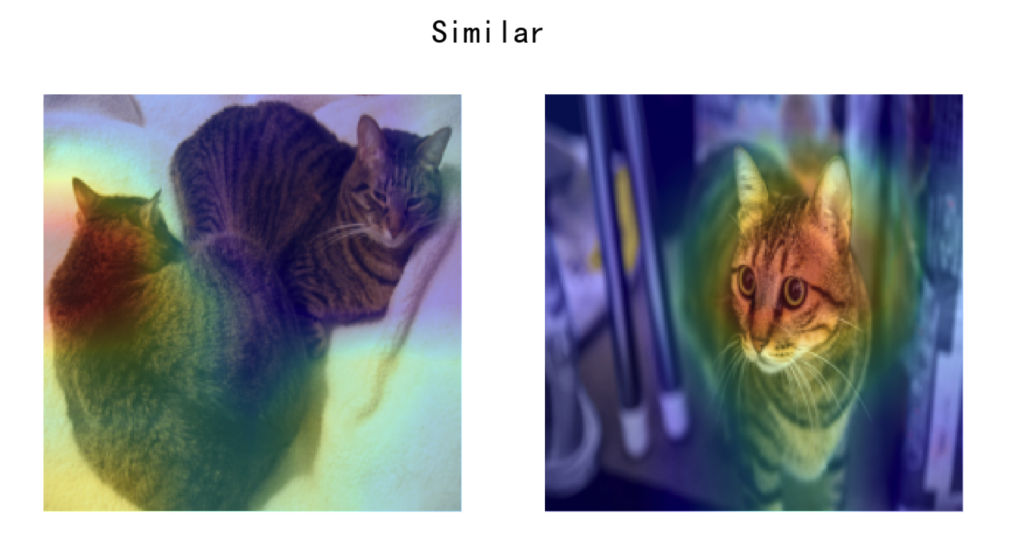AWS Open Source Blog
Category: Artificial Intelligence
Open Protocols for Agent Interoperability Part 1: Inter-Agent Communication on MCP
At AWS, open standards run deep in our DNA, driving all that we do. That’s why we decided to build Amazon Elastic Cloud Compute (EC2) as a protocol-agnostic cloud computing service and Amazon SageMaker as a framework-agnostic deep learning service. Our commitment to openness continues as we enter the agentic AI era, extending to inter-agent […]
Introducing Strands Agents, an Open Source AI Agents SDK
Today I am happy to announce we are releasing Strands Agents. Strands Agents is an open source SDK that takes a model-driven approach to building and running AI agents in just a few lines of code. Strands scales from simple to complex agent use cases, and from local development to deployment in production. Multiple teams […]
Deploy Large Language Models Easily with the New ezsmdeploy Python SDK
Announcing ezsmdeploy v2.0!
Ray Integration for AWS Trainium and AWS Inferentia is Now Available
AWS Trainium and AWS Inferentia are now integrated with open source Ray on Amazon Elastic Compute Cloud (EC2).
Root Cause Analysis with DoWhy, an Open Source Python Library for Causal Machine Learning
The root cause analysis (RCA) features of the DoWhy open source Python library is an automated tool to simplify and help identify the root causes of observed changes in complex systems.
Twin Neural Network Training with PyTorch and Fast.ai and its Deployment with TorchServe on Amazon SageMaker
In this post we demonstrate how to train a Twin Neural Network based on PyTorch and Fast.ai, and deploy it with TorchServe on Amazon SageMaker inference endpoint. For demonstration purposes, we build an interactive web application for users to upload images and make inferences from the trained and deployed model, based on Streamlit, which is an open source framework for data scientists to efficiently create interactive web-based data applications in pure Python.
Scaling AI and Machine Learning Workloads with Ray on AWS
Learn how AWS contributes to the scalability and operational efficiency of open source Ray and how AWS customers use Ray with AWS-managed services for secure, scalable, and enterprise-ready workloads across the entire data processing and AI/ML pipeline.
Amazon Lookout for Vision Python SDK: Cross-validation and Integration with Other AWS Services
Learn how to use the open source Python SDK for Lookout for Vision in either AWS Glue or AWS Lambda to quickly identify differences in images of objects at scale.
Ogury Uses Open Source Technologies on AWS to Run Low-Latency Machine Learning
This post was contributed by Thomas Ngue Minkeng, Nathalie Au, Marc Bouffard, and Pierre-Marie Airiau from Ogury Ogury, the Personified Advertising company, is using open source machine learning (ML) on AWS to deliver a planned 300,000 inferences per second under 10-ms latency. Ogury’s breakthrough advertising engine delivers precision, sustainability, and privacy protection within one technology […]
Announcing Amazon CloudWatch for Ray
Amazon CloudWatch is now available for Ray on Amazon Elastic Compute Cloud (Amazon EC2). Ray is an open source (Apache 2.0 License) framework to build and scale distributed applications. CloudWatch is a monitoring and observability service that provides data and actionable insights to monitor your applications, respond to system-wide performance changes, and optimize resource utilization. […]








